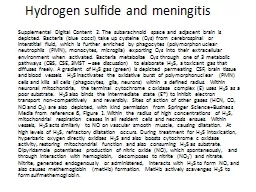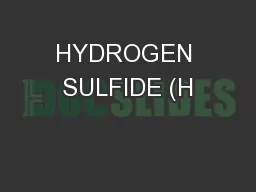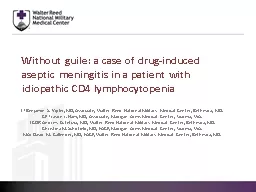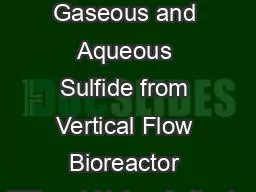PPT-Hydrogen sulfide and meningitis
Author : trish-goza | Published Date : 2017-10-05
Supplemental Digital Content 2 The subarachnoid space and adjacent brain is depicted Bacteria blue cocci take up cysteine Cys from cerebrospinal or interstitial
Presentation Embed Code
Download Presentation
Download Presentation The PPT/PDF document "Hydrogen sulfide and meningitis" is the property of its rightful owner. Permission is granted to download and print the materials on this website for personal, non-commercial use only, and to display it on your personal computer provided you do not modify the materials and that you retain all copyright notices contained in the materials. By downloading content from our website, you accept the terms of this agreement.
Hydrogen sulfide and meningitis: Transcript
Download Rules Of Document
"Hydrogen sulfide and meningitis"The content belongs to its owner. You may download and print it for personal use, without modification, and keep all copyright notices. By downloading, you agree to these terms.
Related Documents














